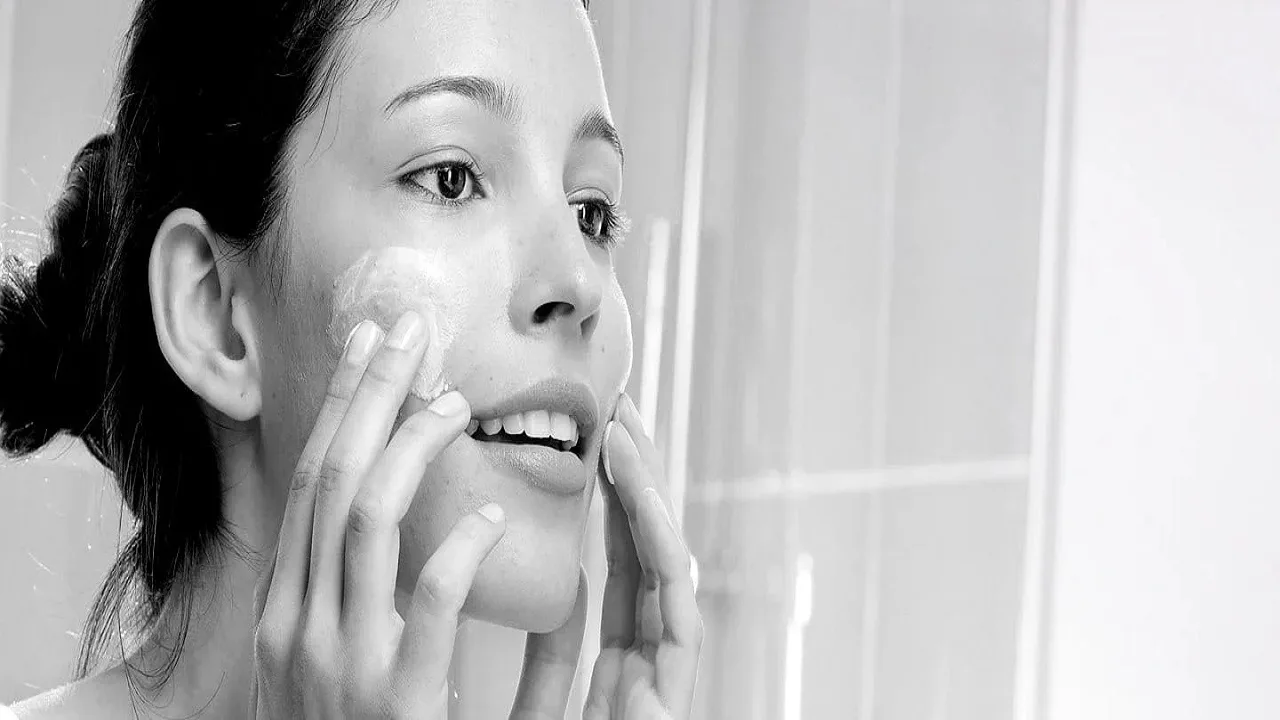About 70-80% of people suffer from some form of acne-prone and blemish-prone skin. In some cases of mild or moderate acne, people do not seek medical advice to treat the symptoms. However, it is advisable to consult a dermatologist, even for mild or initial symptoms, as the use of medications can help prevent the condition from worsening and future consequences such as scarring.
Pharmacological treatments such as cleansers, toners , scrubs , moisturizers, and concealer sticks are sold over the counter in pharmacies and do not require a prescription. They cleanse, purify, and moisturize impure and acne-prone skin. There are also several lifestyle changes that sufferers can make to control the problem and reduce symptoms.
Signs & Symptoms of Impure and Acne-Prone Skin
Before deciding which dermocosmetic treatments to use, it is important to identify the symptoms that cause the problem. Treatments for impure and acne-prone skin and for mild to moderate acne act on one of the four factors that are responsible.
They act:
- reducing sebum production and, therefore, keeping seborrhea under control.
- accelerating cell division, and thus helping to treat hyperkeratosis
- by fighting bacterial infections caused by microbial colonization.
- and can reduce inflammation and consequently improve the appearance of boils, papules and pustules.
Main causes and triggers of impure and acne-prone skin
Blemished and acne-prone skin is a condition that usually first appears during puberty when both boys and girls undergo major hormonal changes. Hormone substances called androgens stimulate the sebaceous glands to produce more sebum than is necessary (seborrhea). This may also affect normal skin shedding.
When the skin produces too much sebum and does not shed enough dead cells, both can get stuck in the hair follicle and form a soft plug. This can cause the follicle wall to swell and a whitehead to appear, and if the plug breaks through to the surface and becomes dark, a blackhead is formed.
Boils (also known as papules or pustules) are red, swollen areas with a white center that form when a blocked hair follicle becomes inflamed or infected. The blockage and inflammation that develops deep in the sebaceous glands produce bumps beneath the surface of the skin called cysts.
Blemished skin is most commonly found on the face, shoulders, chest and back as these are the areas where the most sebum is produced.
Hormones . Although it is very common in adolescents, there is an increasing percentage of adults with impure and acne-prone skin, who undergo hormonal changes during pregnancy, menstruation or as a consequence of a hormone-related pathology such as polycystic ovary syndrome.
Bacteria . Acne-prone skin tends to be quite oily as a result of excess sebum secretion. This makes it more prone to the proliferation of bacteria that are usually harmless and live on the skin. These can cause irritation and inflammation of the swollen sebaceous glands.
